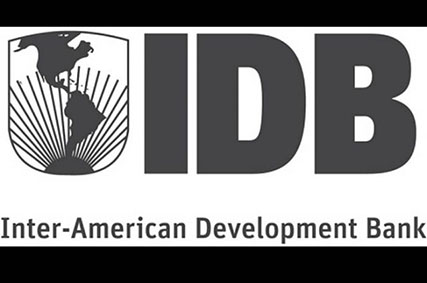As the price of sugar and other commodities drop further, Guyana’s and other Caribbean territories’ export recovery is starting to lose momentum and show signs of a slowdown, says a report from the Inter-American Development Bank (IDB).
According to the first quarter updated edition of the 2018 Trade Trends in Latin America and the Caribbean, released by the IDB last week, the value of Latin American and Caribbean (LAC) exports rose 10.6 percent in the first quarter of 2018 against the same period last year, bolstered by higher demand from its main trading partners, particularly from other countries within the region and the European sUnion.
However, this growth was slower than the 11.9 percent registered at the end of 2017, due mainly to lower or flattening commodities prices for such products as sugar, coffee, iron ore and soybeans. The data, which is included in the six-month update of the IDB publication, shows sugar experiencing a severe 31 percent decline in price so far in 2018. It is followed by coffee – 17 percent, iron ore – 14 percent, and soybean – one percent. This downward trend in export prices was exacerbated by negative shocks that affected specific commodity markets and by the uncertainty following the announcement of potential tariff increases on major global export flows.
The price of sugar has affected regional export performance negatively since the end of 2016, the IDB report stated. Although it had stabilized by mid-2017, the downward trend reappeared at the beginning of 2018. Higher supply by Brazil, India and Thailand, coupled with lower global demand, led to fall in price. In 2017 the decline amounted to 12.7%, followed by a further 30.7% decrease in the first four months of 2018. The price of sugar in April of the current year was 33% below the previous peak of 2014, and at about one-third of the historical record of 2011.
LAC export volumes continued to grow at annual rates of approximately 4 percent, bolstered by shipments from Brazil, Mexico, Colombia and Argentina, the IDB release said. The rest of South America – and, to a lesser degree, Central America – contributed to the decline in growth in export values in the first quarter.
“After a long period of declining trade, the rise in export volumes is good news,” said Paolo Giordano, the Principal Economist for the Integration and Trade Sector of the IDB and the report’s coordinator. “However, the region must integrate and diversify more to be better prepared against volatility in commodity prices.”
In 2017, the recovery in the total value of Latin American and Caribbean exports was bolstered by greater demand from the region’s main trading partners, the IDB report said. The first quarter of 2018 was marked by a sharp slowdown in shipments to China, as sales to the European Union and countries within the region accelerated. South America, which had registered a 14.9 percent average rise in 2017, increased its sales by 10.4 percent on an annual basis in the first quarter of 2018. The lower growth rate comes when export volumes stand a full 25 percent below their 2011 peak.
In Mesoamerica, exports grew 10.8 percent on a year-on-year basis in the first quarter of 2018, due to the 11.5 percent increase in shipments from Mexico and 4.8 percent from Central American countries. This reflects an improvement in external sales by Mexico in comparison to 2017 (9.5 percent) and a deceleration in Central America (5.8 percent).
The Caribbean saw a 5.3 percent rise in its exports in 2017. This group, according to the IDB report, exhibited the most volatile performance of all LAC sub-regions, with above average year-on-year rates in the first half of 2017, and contractions during the second semester. The growth was observed by all the countries in the sub-region, except in Trinidad and Tobago where foreign sales contracted 7%, and in Barbados and Haiti, where they remained constant. Suriname, The Bahamas and Guyana registered notable expansions of 45.4%, 39.2% and 25.6% respectively, while Belize and Jamaica had moderate rates of 10.9% and 9.0%, respectively.
The IDB report noted that for the Caribbean, which includes The Bahamas, Barbados, Belize, Guyana Haiti, Jamaica, Suriname, Trinidad and Tobago, no aggregate data was available for 2018. Belize and Jamaica were the only countries whose data was utilized for the current year.
The value of imports to LAC jumped 14.3 percent on a year-on-year basis in the first quarter of 2018, after rising 9.6 percent on average in 2017. This growth has picked up throughout 2017 and early 2018, outstripping the rise in exports.





